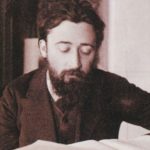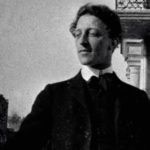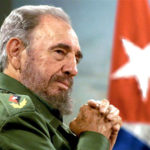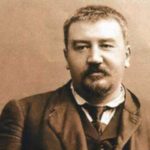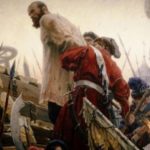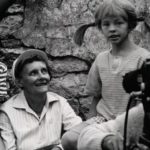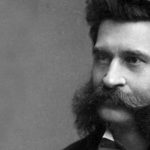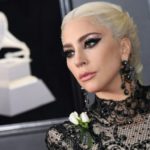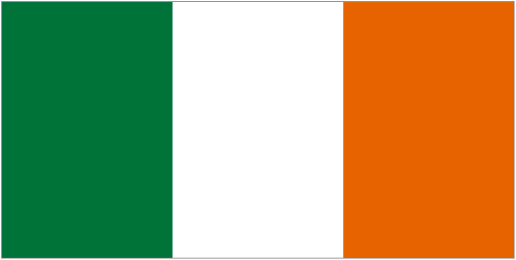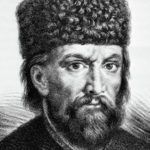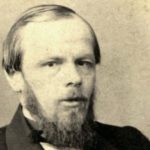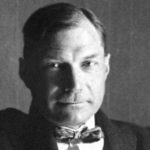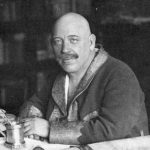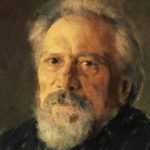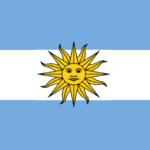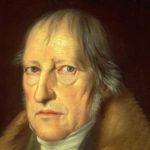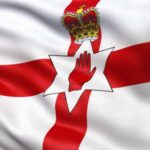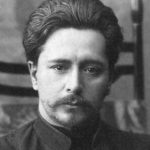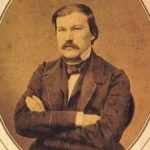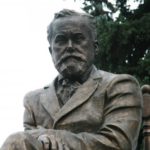Interesting facts from the life of Che Guevara
 The world-famous revolutionary, a follower of communist ideas, whom friends called “Comandante” – that’s all. The amazing life story led Che Guevara to the need to fight for those who are not capable of it on their own. You can have different attitudes to his activities, but it must be admitted that he was surprisingly strong in spirit. However, the modern assessment of Comandante is very different for different people – someone considers him a hero, and someone – quite the opposite.
The world-famous revolutionary, a follower of communist ideas, whom friends called “Comandante” – that’s all. The amazing life story led Che Guevara to the need to fight for those who are not capable of it on their own. You can have different attitudes to his activities, but it must be admitted that he was surprisingly strong in spirit. However, the modern assessment of Comandante is very different for different people – someone considers him a hero, and someone – quite the opposite.
One of the ancestors of Comandante was the famous Irish rebel Patrick Lynch. Perhaps it was his rebellious spirit that leaped into his distant descendant.
Che Guevara’s father, a planter, was forced to change his place of residence, as his decision to pay workers with money, not products, caused dangerous discontent of other planters.
The future revolutionary had four brothers and sisters. Their parents made a lot of effort to give them all a good education.
“Che” is a common reference to someone in Argentina, and Che Guevara’s associates used this word to emphasize its origin.
Comandante was forced to carry an inhaler with him, as he suffered from asthma.
Che Guevara, according to the memoirs of contemporaries, was not distinguished by cleanliness. Therefore, he earned from his friends the nickname “Hog”. Many believe that the hostility to washing arose from him due to the fact that cold water often caused him asthmatic attacks.
In childhood and adolescence, Che Guevara adored playing chess.
He loved poetry very much. Moreover, he composed quite good poems.
About Che Guevara’s youth filmed the feature film “Motorcycle Diaries”. It is based on the events of those years when he traveled in South America, having traveled more than 4 thousand kilometers. Exactly what he saw during these years turned him into a revolutionary who longed for change.
During the trip, Cobante managed to work as a dishwasher, loader, sailor, porter and veterinarian.
Che Guevara received a medical degree, but at one time he worked as a librarian.
Comandante, at a young age, mastered French.
Not wanting to serve in the Argentine army (the service there was mandatory), he through an cold bath caused an asthma attack. As a result, he was declared unfit.
He met the Cuban revolutionary Fidel Castro in Mexico, where he fled after participating in the revolution in Guatemala.
After the communists came to power in Cuba, it was Che Guevara who repeatedly initiated the repressions and executions. He organized the secret police and the “labor camp for unreliable citizens” like the Soviet GULAG.
The irreconcilable revolutionary considered Stalin communism to be the ideal political system. Actually, his idol was Joseph Stalin.
In 1960, Che Guevara first visited the USSR.
Comandante began smoking cigars in Cuba, as the smoke from them helped him to repel mosquitoes.
In 1965, the thirst for justice led him to Africa, in the Congo, where he took an active part in the local revolution.
In the 1950s, Che Guevara sometimes jokingly signed letters like “Stalin II.”
Che Guevara died when he tried to make a revolution in Bolivia. According to the official version, he fell in battle, and according to the standard version, he was shot by a sergeant of the Bolivian army on the orders of CIA agents.
In Argentina, in the city of Rosario, where Comandante was born, his 4-meter bronze statue was installed. True, they put it there only in 2008.
Cuban propaganda after the death of Che Guevara turned it into a symbol of revolutionaries around the world. It comes to the fact that many in Latin America call it a saint.
The portrait of Che Guevara became one of the most replicated images of a human face in history.
In Cuba, the portrait of Comandante invariably flaunts on a three peso bill.
